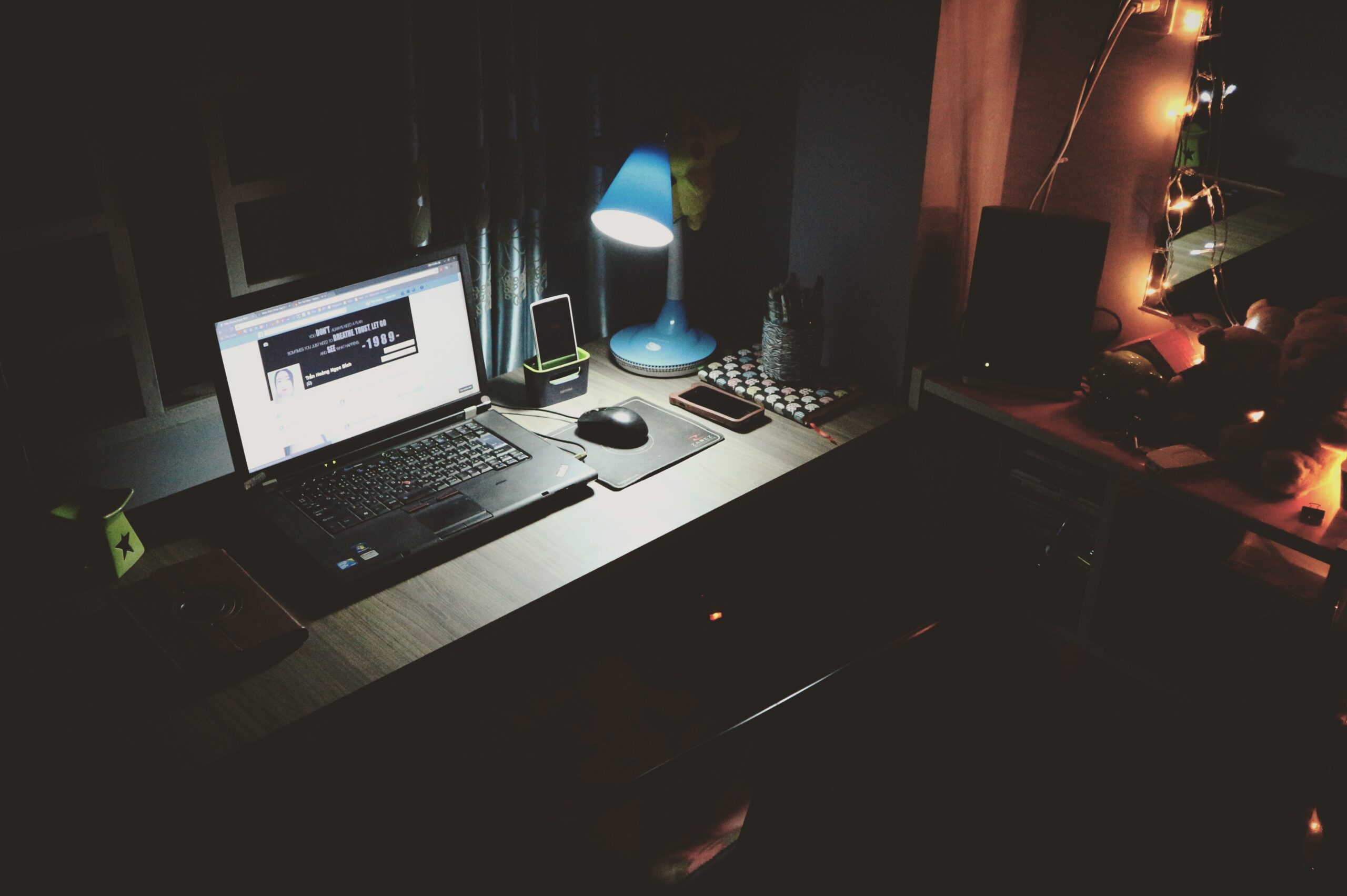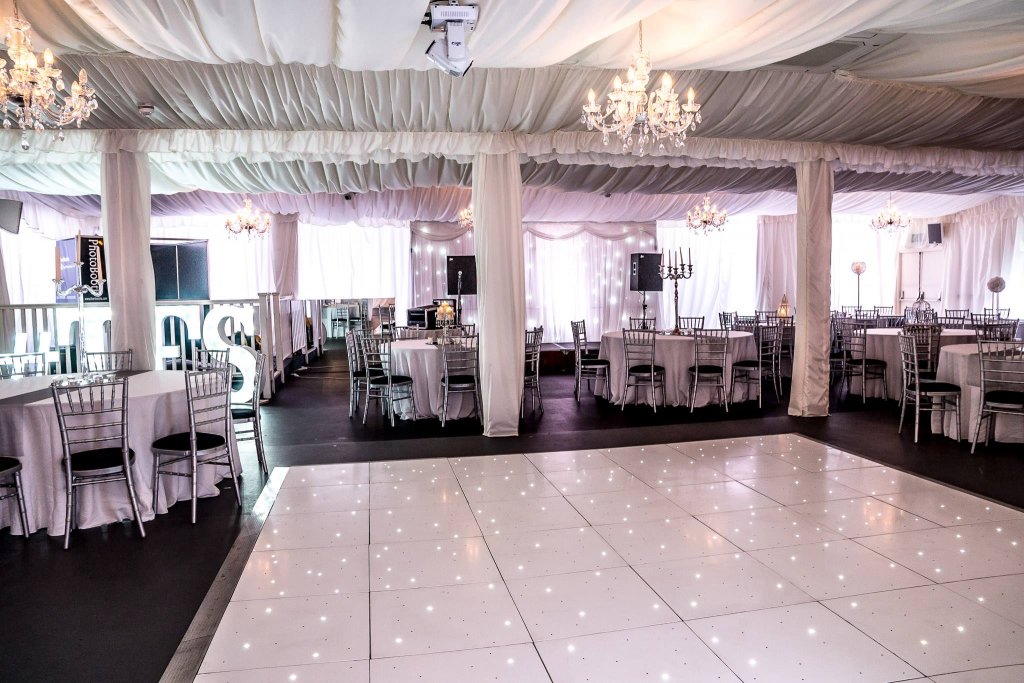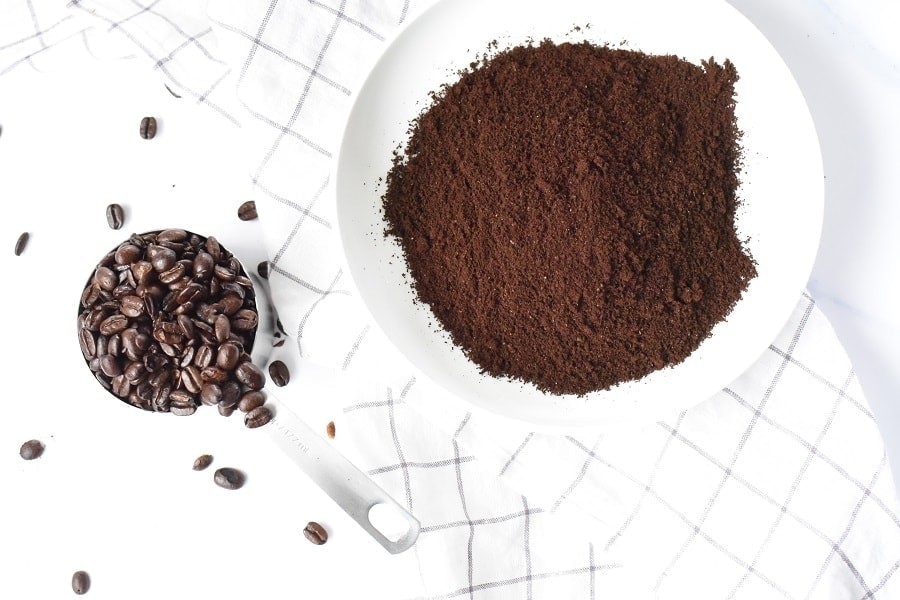The mobile app design has come a long way over the years, and it has evolved from simple and basic designs to complex and intricate ones. One of the critical aspects of mobile app design is the use of color, which has the power to evoke emotion and meaning. The right color scheme can make or break an app, and it is essential to use color psychology to create the desired effect.
In this blog post, we will explore the impact of color on mobile app design and how to use color psychology to evoke emotion and meaning.
Understanding Color Psychology
Color psychology is the study of how colors affect human behavior, emotions, and mood. The colors we see around us have a significant impact on our emotions and can influence our decision-making processes. Color is a powerful tool, and its impact on mobile app design cannot be overstated.
When it comes to mobile app design, color psychology plays a vital role in evoking emotions and creating meaning. Each color has its own unique set of characteristics, and it is essential to understand these characteristics to create the desired effect.
For example, blue is often associated with trust, security, and professionalism. Green is associated with growth, nature, and health, while yellow is associated with happiness, optimism, and creativity. By using these colors in specific ways, designers can create an emotional connection with the user and create a memorable experience.
Impact of Color on Mobile App Design
The use of color in mobile app design can have a significant impact on user engagement, retention, and overall user experience. The right color scheme can create a positive emotional connection with the user, while the wrong one can cause confusion and frustration.
Here are some of the ways in which color impacts mobile app design:
- Branding and Identity
Color plays a crucial role in branding and identity. The right color scheme can help create a strong brand identity and make the app stand out from the competition. It is essential to use consistent colors across all platforms to create a cohesive brand identity.
- User Engagement
The right color scheme can also increase user engagement. Bold and bright colors can grab the user’s attention and create a sense of excitement, while muted colors can create a calming and relaxing atmosphere. It is essential to use colors that align with the app’s purpose and create the desired effect.
- User Experience
Color can also impact the overall user experience. The right color scheme can create a positive emotional connection with the user and make them more likely to engage with the app. On the other hand, the wrong color scheme can cause confusion and frustration, leading to a negative user experience.
Using Color Psychology in Mobile App Design
Using color psychology in mobile app design can help create the desired effect and evoke emotion and meaning. Here are some tips for using color psychology in mobile app design:
Use Colors that Align with the App’s Purpose
The color scheme should align with the app’s purpose and create the desired effect. For example, if the app is designed to promote relaxation and meditation, muted colors such as blue and green can create a calming atmosphere. On the other hand, if the app is designed to create excitement and energy, bold and bright colors such as red and orange can create a sense of excitement.
Use Contrast to Highlight Important Information
Contrast is essential in mobile app design as it helps highlight important information and create a sense of hierarchy. By using contrasting colors, designers can draw the user’s attention to important information and create a seamless user experience.
Use Consistent Colors Across All Platforms
Using consistent colors across all platforms is essential in creating a strong brand identity. Consistency helps create a cohesive brand identity and makes the app more recognizable. It is important to use the same color scheme across all platforms, including the app icon, splash screen, and app interface.
Use Color
Colors have a unique set of characteristics and can evoke specific emotions and meanings. By understanding these characteristics, designers can use color to create the desired effect. Here are some examples:
Blue:
Often associated with trust, security, and professionalism, blue can create a sense of calmness and reliability. It is often used in business and finance apps, where trust and security are essential.
Green:
Associated with growth, nature, and health, green can create a sense of relaxation and comfort. It is often used in health and wellness apps, where relaxation and calmness are necessary.
Red:
Associated with excitement, energy, and passion, red can create a sense of urgency and excitement. It is often used in food and beverage apps, where excitement and passion are necessary.
Yellow:
Associated with happiness, optimism, and creativity, yellow can create a sense of fun and creativity. It is often used in social media and entertainment apps, where creativity and fun are essential.
Black:
Associated with power, sophistication, and elegance, black can create a sense of luxury and sophistication. It is often used in fashion and luxury apps, where sophistication and elegance are necessary.
By using colors in specific ways, designers can create an emotional connection with the user and create a memorable experience.
Case Study: Using Color Psychology in a Mobile App Design
To illustrate the impact of color psychology in mobile app design, let’s take a look at the mobile app design for a meditation app.
The app’s purpose is to promote relaxation and meditation, and the target audience is people who are looking for a way to manage stress and anxiety. The app’s design needs to create a calming atmosphere and evoke a sense of relaxation and calmness.
Here’s how color psychology was used in the app’s design:
-
Color Scheme
The color scheme for the app was based on shades of blue and green. Blue is associated with calmness and reliability, while green is associated with nature and health. Together, these colors create a calming and relaxing atmosphere that aligns with the app’s purpose.
-
Contrast
Contrasting colors were used to highlight important information, such as the app’s menu and navigation. The contrast between the blue and green colors creates a sense of hierarchy and draws the user’s attention to the most important information.
-
Consistency
The same color scheme was used across all platforms, including the app icon, splash screen, and app interface. Consistency creates a cohesive brand identity and makes the app more recognizable.
Conclusion
In conclusion, the impact of color on mobile app design cannot be overstated. Color psychology plays a vital role in evoking emotions and creating meaning. The right color scheme can create a positive emotional connection with the user, while the wrong one can cause confusion and frustration.
By using color psychology in mobile app design, designers can create the desired effect and evoke emotion and meaning. Using colors that align with the app’s purpose, using contrast to highlight important information, using consistent colors across all platforms, and using color to create meaning are some of the ways in which color psychology can be used in mobile app design.




